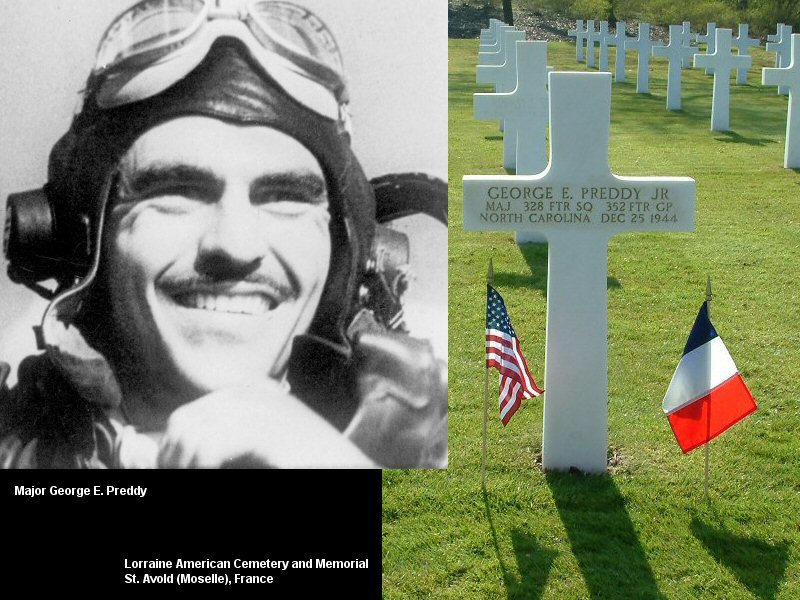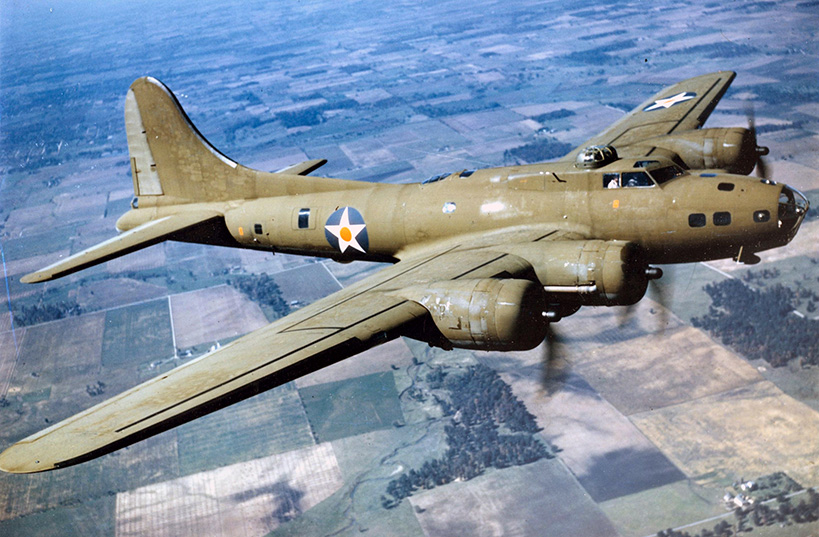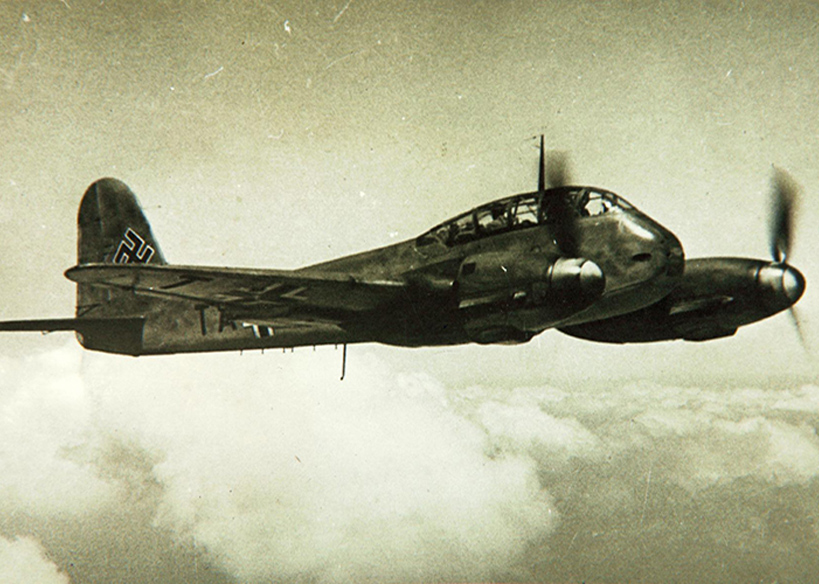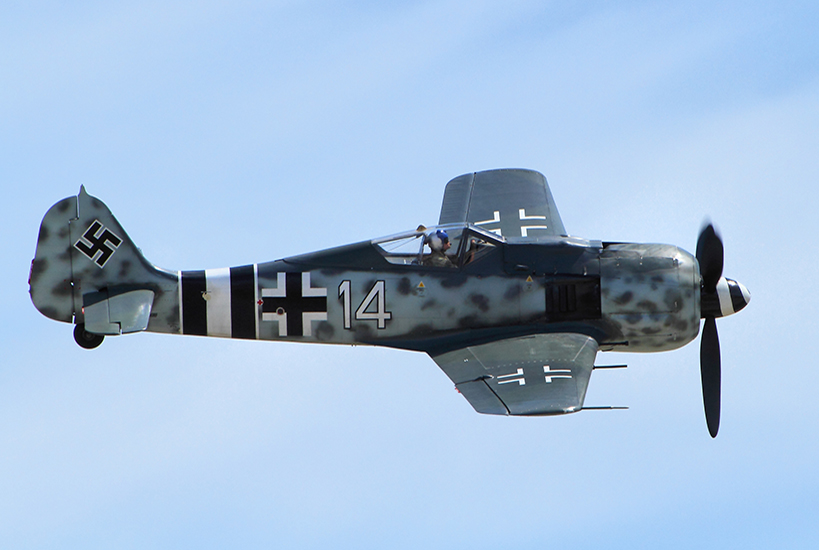Preddy, George E. “Ratsy”
- Date of birth:
- February 5th, 1919 (Greensboro, North Carolina, U.S.A.)
- Date of death:
- December 25th, 1944 (Liege, Belgium (KIA))
- Buried on:
- Lorraine American Cemetery and Memorial
- Nationality:
- American (1776 - present, Republic)
Biography
George E. Preddy was born February 5th, 1919, in Greensboro, North Carolina. He had learned to fly before the war and traveled around the country as a barnstormer. Early 1940 he decided to join the Navy but was rejected for minor physical problems. In the summer he tried to join the United States Air Army Force (USAAF). He completed all necessarry tests but was told to wait until there were vacancies in the air force's training programme. In order to kill time and gain experience, he joined the Army National Guard. He served in 252nd Coast Artillery
April 1941 he was called in for flight training. December 12th, 1941, he received his military license and was sent to Australia to join 9th Pursuit Squadron, 49th Pursuit Group, flying Curtiss P-40 Warhawks. On operational missions over the next six months, he damaged two enemy aircraft. July 1942, Preddy was involved in a serious mid air collision; the other pilot, a buddy from his squadron was killed and Preddy spent the next few months in hospital. After recuperating from his injuries, he returned to the US to await a new posting. Preddy joined 487th Fighter Squadron, 352nd Fighter Group, commanded by John C. Meyer. July 1943, the Group was relocated to Bodney, England and would soon become known in the European theatre as the 'Blue-nosed Bastards of Bodney'. Preddy flew his first mission for the Group in September 1943. December 1st, 1943, he scored his first air victory in his Republic P-47 Thunderbolt after having downed a Messerschmitt Bf-109. Three weeks later he scored his second victory against a numerically superior enemy force. He led his flight of three Thunderbolts in a dogfight against six Messerschmitt Me-210's, escorted by 10 Messerschmitt Bf-109's, attacking a straggling Consolidated B-24 Liberator heavy bomber. In the melee, he downed a Me-210 and lured the other enemy aircraft away from the stricken bomber. This action earned him a Silver Star.
In April 1944, 352nd Group was re-equiped with a new fighter, the North American P-51 Mustang. May 13th, 1944, Preddy scored his fifth victory. From September 1943 until August 1944, Preddy made no less than 400 operational flying hours, more than 200 hours over the usual tour of a fighter pilot. He flew his most memorable mission on August 6th, 1944, as an escort. When he saw over 30 enemy planes nearing the third formation of Boeing B-17 Flying Fortresses, he led his flight straight into the enemy formation. In the ensuing dogfights, he downed six enemy planes with his Mustang, called 'Cripes-a-Mighty'. This mission earned him a Distinguished Service Cross and an unsought leave back to the US. Preddy begged his superiors to let him rejoin the action and in October 1944, he returned as commanding officer of 328th Fighter Squadron, 352nd Fighter Group. November 2nd, the squadron annihilated a group of Messerschmitt Bf-109's, downing no less than 25 planes and setting a squadron record for the European theatre.
During the Ardennes offensive in December 1944, units of the Group were relocated to small temporary fighter strips in Asch, Belgium. On Christmas day, Preddy led a patrol of ten Mustangs. Once in the air, they were vectored towards a large formation of enemy aircraft. In the ensuing battle, the squadron was scattered. Preddy managed to down two Messerschmitt Bf-109's. Preddy, his wingman Lieutenant James Cartee and a third Mustang of another group ran into an unknown number of enemy aircraft near Liege. Preddy spotted a Focke-Wulf Fw 190 and went after the intruder at tree top level. Thundering over American ground forces, Preddy was hit by friendly fire and crashed. He was only 25 years of age.
At the end of the war, with 26.83 victories, Preddy rated third on the list of most succesfull pilots in the European theatre.
Do you have more information about this person? Inform us!
- Period:
- Second World War (1939-1945)
This award was obtained in the form of an Oak Leave to be attached on the ribbon of the first award.
- Period:
- Second World War (1939-1945)
- Period:
- Second World War (1939-1945)
This award was obtained in the form of an Oak Leave to be attached on the ribbon of the first award.
- Period:
- Second World War (1939-1945)
This award was obtained in the form of an Oak Leave to be attached on the ribbon of the first award.
- Period:
- Second World War (1939-1945)
This award was obtained in the form of an Oak Leave to be attached on the ribbon of the first award.
- Period:
- Second World War (1939-1945)
This award was obtained in the form of an Oak Leave to be attached on the ribbon of the first award.
- Period:
- Second World War (1939-1945)
This award was obtained in the form of an Oak Leave to be attached on the ribbon of the first award.
- Period:
- Second World War (1939-1945)
This award was obtained in the form of an Oak Leave to be attached on the ribbon of the first award.
- Period:
- Second World War (1939-1945)
This award was obtained in the form of an Oak Leave to be attached on the ribbon of the first award.
- Period:
- Second World War (1939-1945)
This award was obtained in the form of an Oak Leave to be attached on the ribbon of the first award.
- Period:
- Second World War (1939-1945)
- Period:
- Second World War (1939-1945)
This award was obtained in the form of an Oak Leave to be attached on the ribbon of the first award.
- Period:
- Second World War (1939-1945)
This award was obtained in the form of an Oak Leave to be attached on the ribbon of the first award.
- Period:
- Second World War (1939-1945)
This award was obtained in the form of an Oak Leave to be attached on the ribbon of the first award.
- Period:
- Second World War (1939-1945)
This award was obtained in the form of an Oak Leave to be attached on the ribbon of the first award.
- Period:
- Second World War (1939-1945)
This award was obtained in the form of an Oak Leave to be attached on the ribbon of the first award.
- Period:
- Second World War (1939-1945)
This award was obtained in the form of an Oak Leave to be attached on the ribbon of the first award.
- Period:
- Second World War (1939-1945)
This award was obtained in the form of an Oak Leave to be attached on the ribbon of the first award.
- Period:
- Second World War (1939-1945)
- Rank:
- Major
- Unit:
- 328th Fighter Squadron, 352nd Fighter Group, 8th Air Force
- Period:
- Second World War (1939-1945)
- Rank:
- Major
- Unit:
- 328th Fighter Squadron, 352nd Fighter Group, 8th Air Force
Sources
- Photo: US Air Force
- Home of the 352nd Fighter Group - - aviation-history.com
- preddy-foundation.org
- warbirdsresourcegroup.org
- Air Force Association (afa.org)











